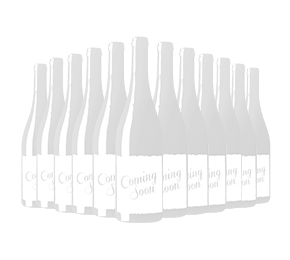Chat with Vinny
France is often thought to produce the finest wines in the world (certainly by the French!). But where are the top spots? And what makes these wines so special? Join us as we explore the key wine growing regions of France and discover what makes each region’s wines so very different.
First things first, region in France really matters
Take a wine tour of France and you’ll soon see how wines vary in style from one region to another. Ask any French winemaker why and they’ll tell you it’s all to do with ‘terroir’.
What is terroir?
Essentially, terroir encompasses a vineyard’s climate, soils, aspect and elevation – the natural elements that affect the taste of the wine. It’s all about a wine’s sense of place. As the key wine regions are spread all over France, the terroir varies greatly from one region to the next.
Broadly speaking, the northern wine regions are cooler, which makes them better for white wines (Loire, Alsace, Champagne) and the warmer southern wine regions are renowned for their red wines (Rhône, Languedoc, Bordeaux). Burgundy is the one region that’s equally known for its red and white wines, and it’s the most centrally located.
How do I know which wine region my wine is from?
You’ll normally find the wine region – or the area name, known as the appellation (AOC) – on the label in France, rather than the grape variety. Each AOC has a strict set of rules that dictate what grapes can be used, alcohol levels, yields and more.
AOC is the strictest classification of French wine. Beneath that you have Indication Géographique Protégée (IGP) which is a regional designation. For example, IGP Pays d’Oc wines come from across the Languedoc. Finally, wines made from grapes across France are labelled Vin de France. Don’t rule these out though! Winemakers are allowed the most creative freedom with wines in this category and they’re often the most affordable.
A quick tour of the key wine growing regions of France:
Champagne
We start in Champagne, the most northerly and coldest wine region in France. Champagne’s cool climate, together with the region’s distinctive chalky soils, help produce the finest sparkling wines in the world.
The main grapes used in Champagne are Chardonnay, Pinot Noir and Meunier. Wines made solely from Chardonnay are known as Blanc de Blancs, and those from solely the red grapes can be labelled Blanc de Noirs.
These are all made following the Méthode Champenoise, where wines undergo a secondary fermentation in bottle. Non-vintage Champagnes are made using a blend of grapes from different years to create a house style, whilst vintage Champagnes come from a single year’s harvest.

Loire Valley
The Loire Valley follows the longest river in France, from the Atlantic through to just west of Burgundy. Its cooler climate makes it the perfect spot for crisp, ultra-refreshing white wines. It’s famous for its top-quality Sauvignon Blancs, including Sancerre and Pouilly Fumé, fine Chenin Blancs, like those of Savennières and Vouvray, and seafood-friendly Muscadet.
You’ll also find some great lighter style reds, especially Cabernet Franc – the best of which come from Chinon and Saumur-Champigny.
Alsace
Alsace borders Germany in north-eastern France and its wines have been strongly influenced by its neighbour. Not only do the wines often come in fluted bottles but they also tend to be labelled by grape variety. Look out for Riesling,Gewürztraminer, Pinot Gris, Muscat and Pinot Blanc.
Unlike Germany, the wines tend to be predominantly dry in style, with the exception being the sweet wines labelled Vendanges Tardives or Selection de Grains Nobles.
The wines are distinctive for their fresh, floral aromatics, ripe fruit and richness of texture. Reds and rosés are made in smaller quantities, primarily from Pinot Noir.
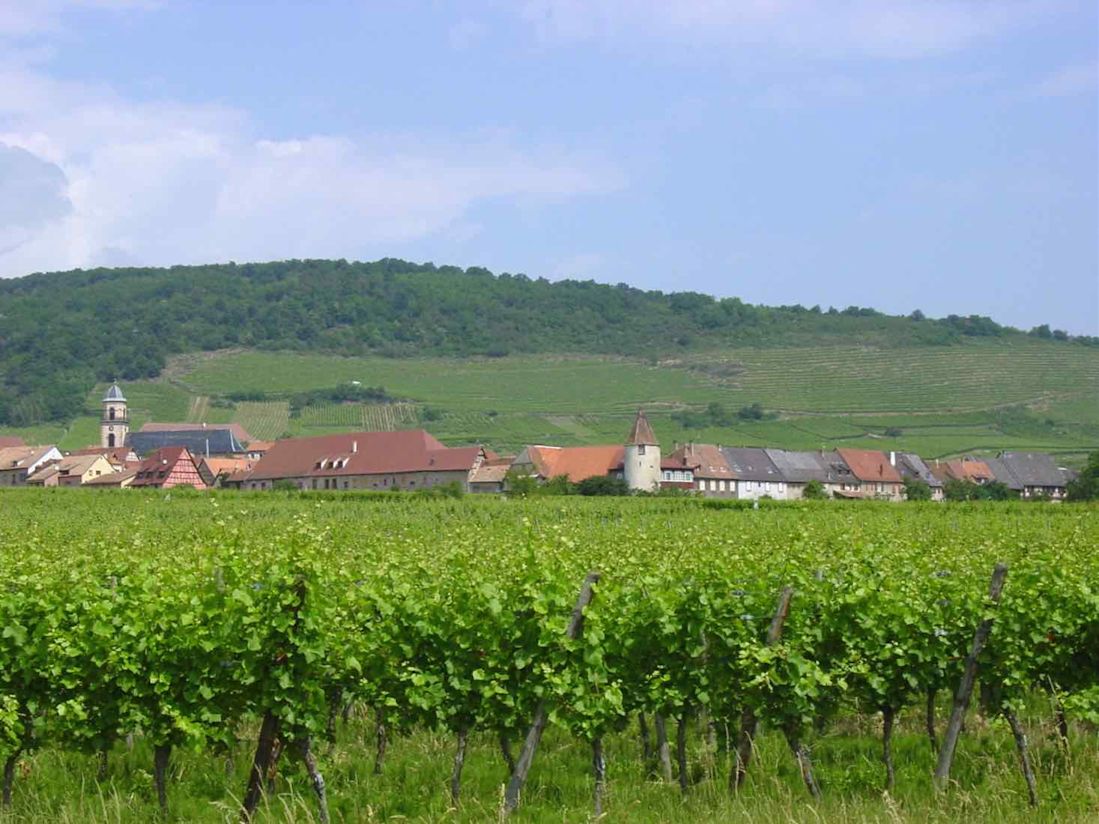
Burgundy
Burgundy, or Bourgogne in French, is arguably the most complex wine region of France, with a multitude of vineyards, known as the climats of Burgundy. But it’s also one of the simplest in that just two grape varieties have made this region famous.
The reds are almost all made from Pinot Noir and are renowned for their silky finesse and excellent potential for ageing. The vast majority of white Burgundy is made from Chardonnay and ranges in style from the crisp, steely wines of Chablis in the north, to the riper, rounder Chardonnays of Mâcon in the south.
Burgundy can rightly lay claim to producing not just some of the best wines of France but of the world.
Beaujolais
Beaujolais lies at the southern end of Burgundy and is a wine region best known for its juicy, fresh, lighter style reds made from the Gamay grape. The finest examples come from the Beaujolais Crus – 10 villages that are allowed to put their name on the label, including Fleurie, Morgon and Moulin-à-Vent.
While the wines don’t attract the same attention as the Grands Crus of its neighbour, they are becoming increasingly well known to savvy wine drinkers looking for a value alternative to red Burgundy.
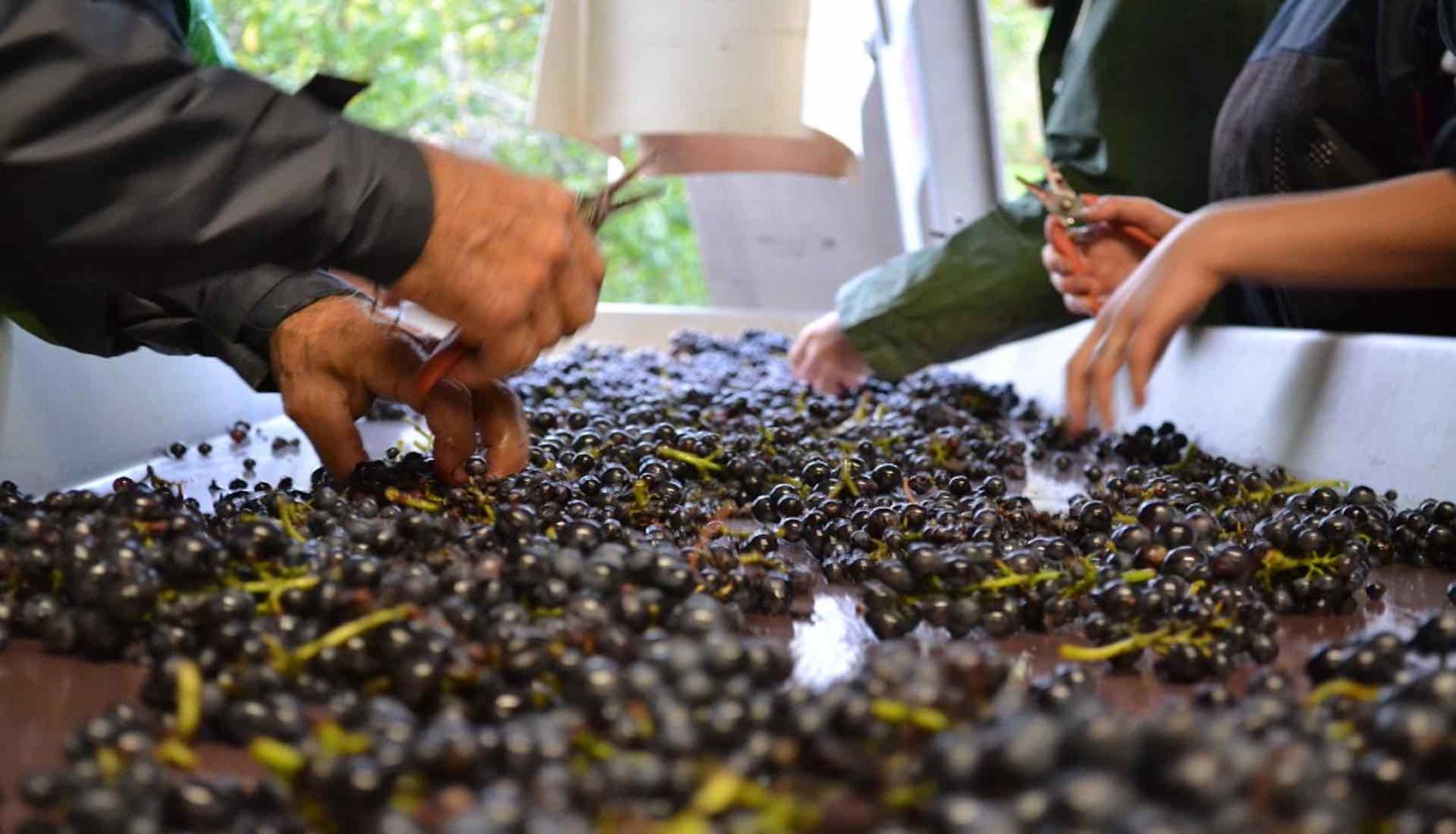
Bordeaux
Bordeaux is deservedly one of the best-known wine regions of France. It’s famous for its red wines which are made from a blend of grapes, primarily Cabernet Sauvignon, Merlot and Cabernet Franc.
The Gironde estuary divides the region into two, known simply as the Left Bank and the Right Bank. Generally speaking, the reds of the Left Bank have a higher proportion of Cabernet Sauvignon, while Right-Bank reds are more Merlot dominant. The most famous red wines of Bordeaux are notoriously expensive, but the less well-known châteaux offer some of the best value in all of France.
As well as red wines, Bordeaux produces top-class white wines from mainly Sauvignon Blanc and Sémillon, as well as the sweet wines of Sauternes.
Rhône Valley
The Rhône Valley is divided into two distinct regions – the Northern Rhône and the Southern Rhône.
The North is known for its reds made from the Syrah grape, most famously Hermitage and Côte Rôtie (which also includes a dash of Viognier).
While the South is renowned for its reds famously blended from up to 18 different grape varieties, with Grenache, Syrahand Mourvèdre being the big three. Châteauneuf-du-Pape steals the limelight but there’s a wealth of rich reds made across the region and some especially good value to be found among the Côtes du Rhône red wines.
The whites are garnering increasing attention and are known for their generous peachy fruit and floral aromatics.
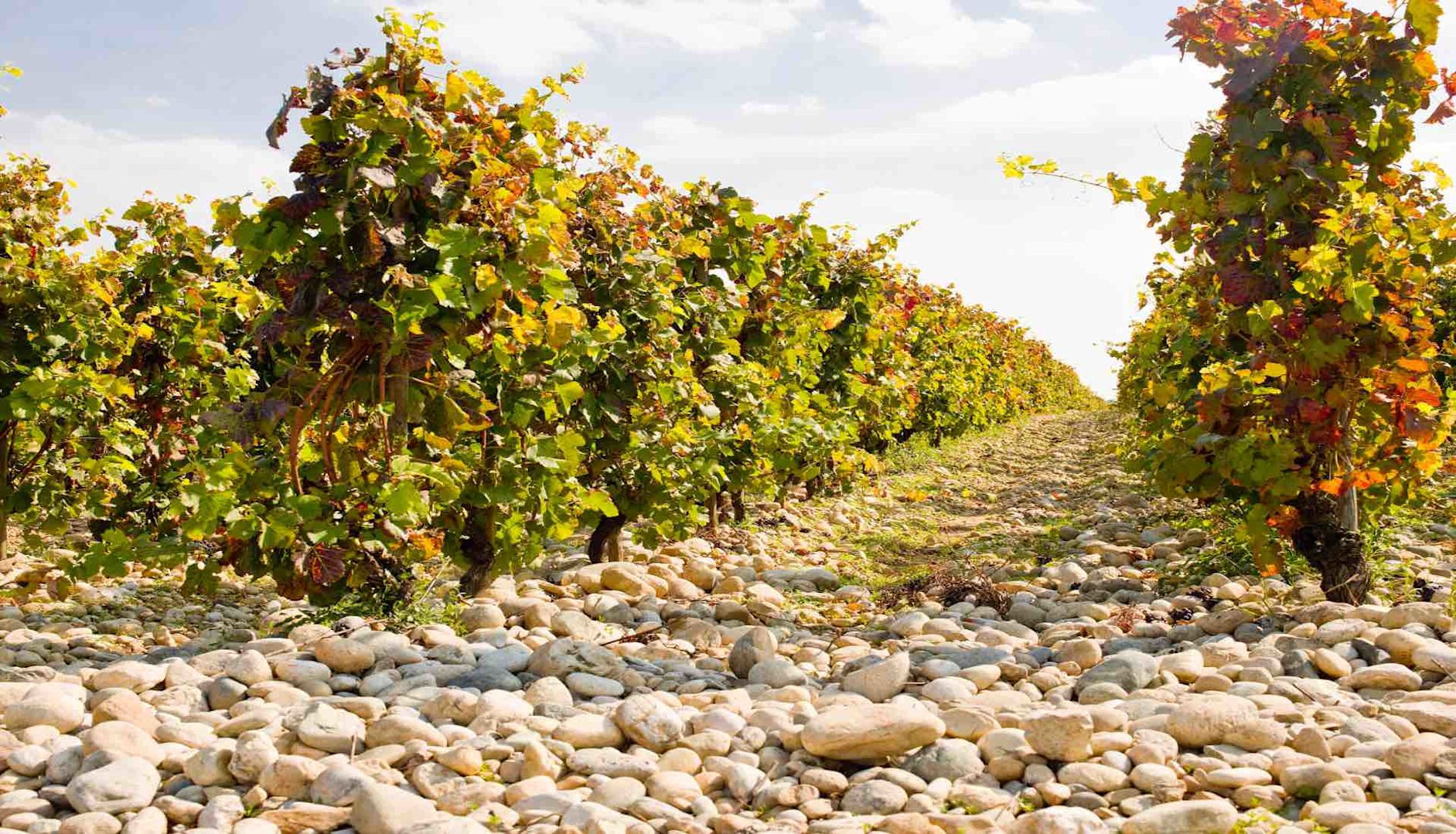
Languedoc-Roussillon
The vineyards of Languedoc and Roussillon are grouped together to form the largest wine region of France. It’s also one of France’s most underrated wine regions with a huge variety of wines, almost all of which offer superb value.
The reds are rich, full-bodied and made mainly from a blend of Grenache, Syrah, Mourvèdre and Carignan, and there’s an increasingly wide selection of delicious white wines.
The best-known wines of the region come from the AOCs which include Corbières, Minervois, Saint-Chinian and Faugères in the reds, and the zesty white wines of Picpoul de Pinot.
Provence
Provence is the only wine region of France (and the world) that is known almost exclusively for its rosé wine. In fact, almost 90% of the wine made is pink.
That might be surprising given its location at the southern end of the Rhône, home to some of France’s biggest reds. But the mountain climate and strong Mistral wind make all the difference. Perfect for the crisp, delicate pinks of Provence.
With a history stretching back 2,600 years, Provence can lay claim to being the oldest wine growing region of France.
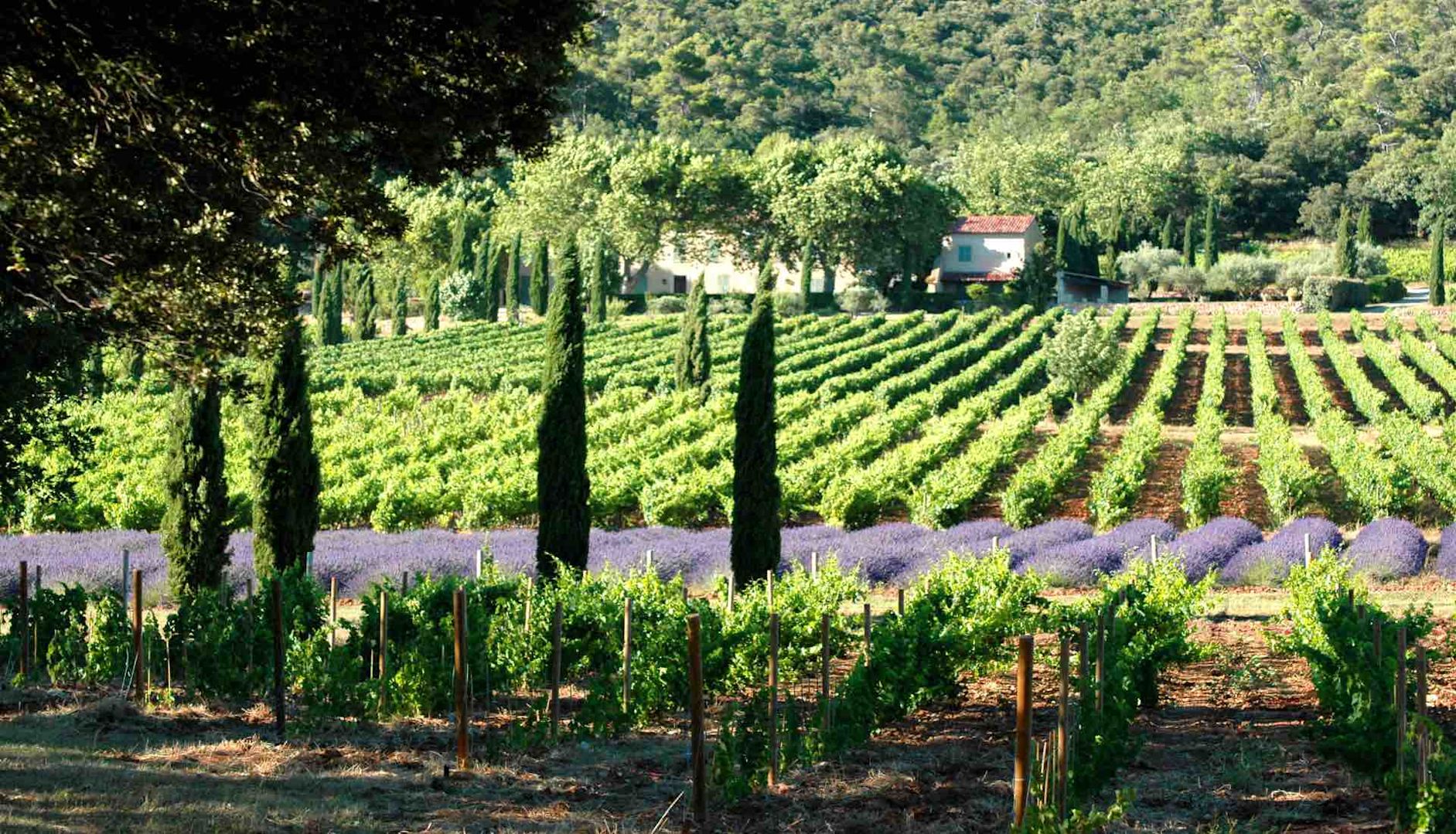
Of course, the best way to discover the top wine regions of France is to try the wines! You can browse our full range of French wines online or ask our Wine Guides for recommendations.
Explore our full selection of French wines
About the author
Sarah Turner
Sarah is a wine writer and editor with over 25 years’ experience in the world of wine. She began her career in retail, passing the WSET Level 4 Diploma, before becoming a supermarket wine buyer and finally finding her home in our creative team. Her love of food, wine and travel has taken her all over the world, but she has a soft spot for Portugal’s Douro Valley and the sherries and tapas bars of Andalucia.
